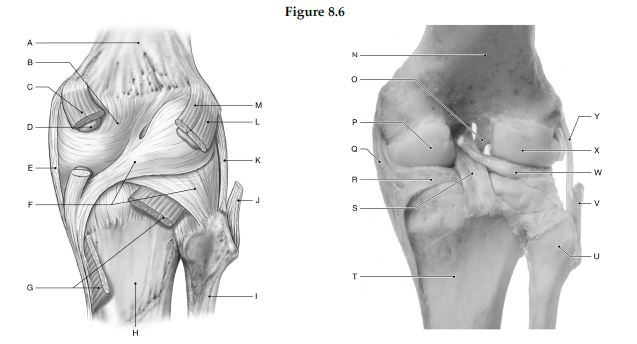During each cycle of oxidative phosphorylation
1.approximately 28 ATP molecules are synthesized.
2.each molecule of glucose is broken down to form 2 molecules of pyruvate.
3.NAD+ is reduced to NADH.
4.GTP is formed, but immediately donates its phosphate to ADP to form ATP.
5.oxygen donates electrons to power the ATP synthase (molecular motor).
1
You might also like to view...
What is the major difference between polar and nonpolar covalent bonds?
What will be an ideal response?
Using the figure below, identify the labeled part.

1) Label A: ______________________________
2) Label B: ______________________________
3) Label C: ______________________________
4) Label D: ______________________________
5) Label E: ______________________________
6) Label F: ______________________________
7) Label G: ______________________________
8) Label H: ______________________________
9) Label I: ______________________________
10) Label J: ______________________________
11) Label K: ______________________________
12) Label L: ______________________________
13) Label M: ______________________________
14) Label N: ______________________________
15) Label O: ______________________________
16) Label P: ______________________________
17) Label Q: ______________________________
18) Label R: ______________________________
19) Label S: ______________________________
20) Label T: ______________________________
21) Label U: ______________________________
22) Label V: ______________________________
23) Label W: ______________________________
24) Label X: ______________________________
25) Label Y: ______________________________
The amount of blood pumped out of each ventricle with each contraction is called the __________
Fill in the blank(s) with correct word
Experimental manipulation to increase the energy output of the cell might include
A. increasing protein synthesis. B. rupturing the lysosomes in the cell. C. decreasing nuclear size. D. increasing the number of mitochondria. E. removing some of the ribosomes.